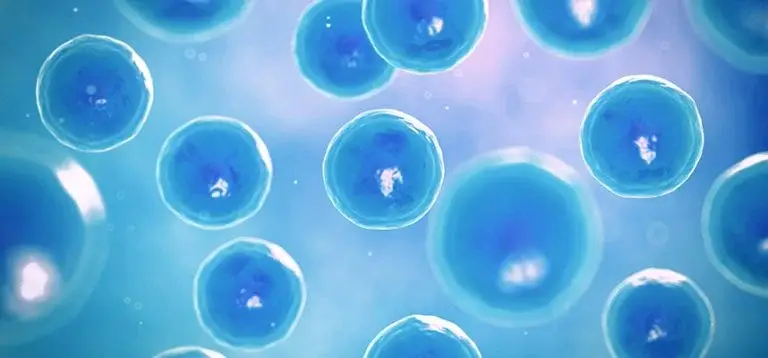
Technical Tips for hassle-free Primary cell culture
Experiments with primary cells are playing a major role in advancement of life science and pharmaceutical research. Primary cells are little difficult to work with, but these cells provide more meaningful data in experiments. Here are ten common mistakes that are made with primary cells and also how these mistakes can be minimized. These tips will enhance your primary cell culture skills.
Mistake 1: Primary cells are 100% pure.
Correction: It is very rare to have 100% pure population of primary cells. It is important to pay attention on morphology of cells.
Mistake 2: Allowing primary cells to become too confluent.
Correction: As primary cells are not 100% pure, so it is important to minimize growth of contaminating cells. The sub culturing of primary cells is recommended when they are 80-90% confluent.
Mistake 3: Unacquainted with the primary cell types being cultured.
Correction: It is very important to know the morphology of primary cells and to be aware of the morphology of potential contaminating cells.
Mistake 4: Thawing a vial of primary cells for an extended period of time
Correction: As primary cells are very sensitive, vial of primary cells should be placed at 37ºC water bath, rotated gently until the contents are just thawed. Make sure culture tube is ready before thawing to seed the cells immediately.
Mistake 5: Primary cells need to be mixed vigorously with a pipette for suspension of cells.
Correction: Primary cells are very sensitive, especially after thawing, and should only be gently resuspended using a pipette. Any additional forces can damage the primary cells.
Mistake 6: Over-trypsinization of primary cells when passaging
Correction: During passaging of cells, it is recommended to use low concentrations of trypsin and monitor morphology of cells closely under the microscope.
Mistake 7: Primary cells can easily be refrozen
Correction: the re freezing of primary cells is not recommended as freezing can cause functional changes. Primary cells are extremely sensitive and refreezing may also result in cell death or damage.
Mistake 8: Subculturing of primary cells will improve the morphology of them.
Correction: Actually, trypsin can be harmful to primary cells, so too early or too frequently subculture of primary cells is not beneficial to them.
Mistake 9: Basic media for culturing primary cells
Correction: Primary cells require special media designed to support specific primary cells such as endothelial cells, pericytes, neurons, smooth muscle cells, keratinocytes etc.
Mistake 10: Primary cells can proliferate indefinitely
Correction: In contrast to continuous cell lines, primary cells have a limited proliferation capacity. The use of primary cells is recommended as early as possible for experiments to prevent genetic and physiological changes.
When working with primary cells, it is important to remember that they are not as robust as cell lines; so should be handled carefully. If you have any further technical questions regarding primary cell culture please contact us at info@kosheeka.com.






